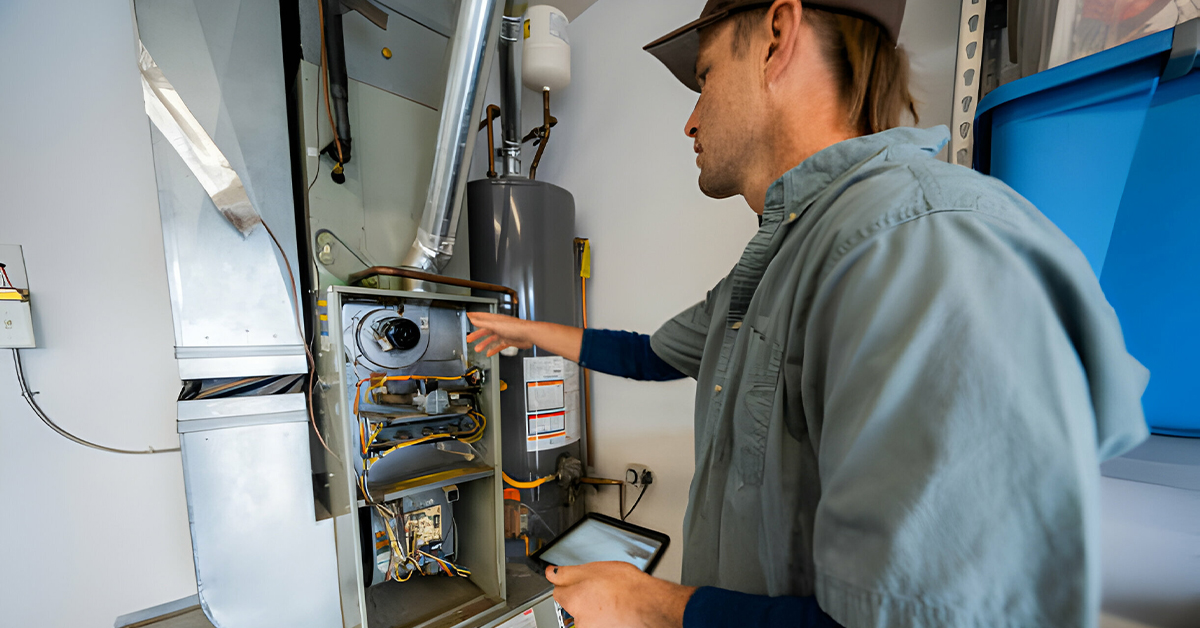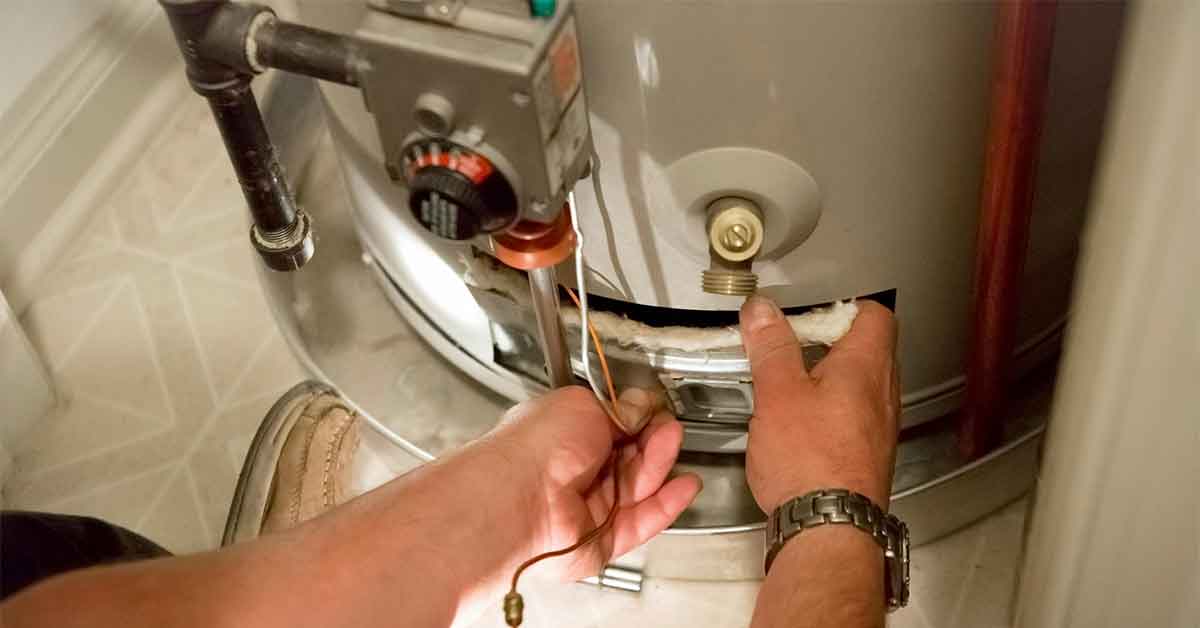Blog


Heating 101: Understanding the Basics of Central Heating Systems
One of the most underestimated pillars of our daily comfort is the central heating system. Its role becomes unmistakably evident as nature transitions from sun-drenched summer days to the frosty embrace of winter nights. For many, the nuances and intricacies of these systems remain shrouded in mystery. So, as we seek refuge from the cold in our warm abodes, let’s take a moment to delve into the world of central heating and demystify its core components.
The Fundamentals: Central Heating Unveiled
Central heating, in its essence, is the system that provides consistent warmth to an entire building. The beauty of it lies in its ability to generate warmth from a singular point, and then strategically distribute this warmth across different rooms or zones. This is usually achieved through a central heat source—be it a furnace, a boiler, or a heat pump—which then sends this warmth through mechanisms such as radiators, under-floor tubing, or air ducts.
Classifying Central Heating: The Main Contenders
The world of central heating isn’t monolithic; it boasts a variety of systems, each with its unique mechanics and benefits HVAC contractor:
- Furnaces stand as a predominant choice in many households. These devices, depending on their design, can run on gas, oil, or electricity. The furnace heats air which is then propelled through a network of ducts, delivering warmth to various rooms.
- Boilers, on the other hand, champion water as their medium. Once the water is heated within the boiler, it travels through pipes to radiators or under-floor systems. The now-cooled water circulates back to the boiler for reheating, creating a closed loop of warmth.
- Heat Pumps are the multifaceted gems in the heating world. These devices are adept at both heating and cooling a space. Their operation hinges on the principle of extracting warmth from external sources—either the air or the ground—and amplifying it to heat the interiors.
Choosing Your Fuel: The Trio of Gas, Electric, and Oil
The choice of fuel can significantly impact both the efficiency and the operational cost of a central heating system:
- Gas-powered systems have garnered popularity due to their efficiency benchmarks and relatively lower operational costs. Natural gas, being abundant, makes for a reliable and consistent fuel source.
- Electric heating systems, while often being pricier in terms of operational costs, hold an edge in terms of clean operation. They are especially favored in areas where gas connections are non-existent or unreliable.
- Oil heating, though less prevalent than its gas counterpart, holds its ground in places devoid of gas infrastructure. The oil is burned to heat water, which in turn heats the home.
Decoding Efficiency with AFUE Ratings
In the quest for an efficient heating system, the AFUE (Annual Fuel Utilization Efficiency) rating stands as a guiding light. Represented as a percentage, this metric illustrates how well a furnace converts fuel into usable heat. For instance, a furnace with an AFUE rating of 90% signifies that 90 cents of every dollar spent on fuel effectively warms the home, while the remaining 10 cents is lost to inefficiencies.
Thermostats: Command Centers of Heating
The thermostat stands as the nexus between homeowners and their heating systems. This device, ranging from the rudimentary dials of yesteryears to the AI-driven smart devices of today, allows individuals to set and modify their desired indoor temperatures. Modern iterations even learn from user behaviors, optimizing heating patterns for both comfort and efficiency.
Preserving the Warmth: The Importance of Maintenance
A central heating system, like any sophisticated machinery, craves regular upkeep. Ensuring the system undergoes periodic maintenance—be it filter replacements, professional tune-ups, or general inspections—can augment its lifespan, bolster its efficiency, and pre-empt potential breakdowns.
Safety in Warmth: The Carbon Monoxide Paradigm
Any conversation about heating systems is incomplete without addressing the specter of carbon monoxide (CO). This odorless, colorless gas is a byproduct of burning fuels. Modern heating systems are engineered with numerous safety protocols to mitigate CO risks. However, the installation of carbon monoxide detectors remains non-negotiable for safeguarding households.
Peering into Tomorrow: Sustainable Heating Pathways
As the world pivots towards sustainability, the realm of heating is not immune to this shift. New-age innovations, from solar thermal systems to geothermal solutions, are redefining the contours of eco-friendly heating. These technologies, though nascent, signal a future where warmth doesn’t come at the planet’s expense.
Conclusion
Central heating systems, with their labyrinthine mechanics and myriad options, can be daunting. Yet, a fundamental understanding empowers homeowners to make informed decisions tailored to their unique needs. As we bask in the warmth these systems provide, appreciating their intricate dance of mechanics, fuel, and distribution deepens the comfort of every cozy moment.




